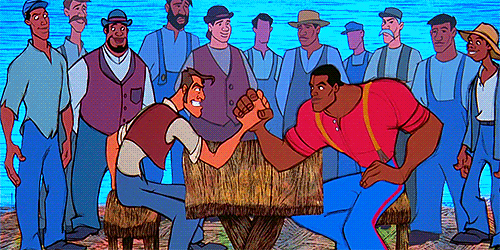When L. Frank Baum created The Wonderful Wizard of Oz in 1900, he probably did not envision it becoming one of the most legendary pieces of literature in American history. The chances that he saw the direction it would take itself are even slimmer. The children’s story that also (likely) served as an allegory for 19th century populism is, at this point, more well known for its 1939 film adaptation, this time titled The Wizard of Oz. The movie adaptation focused itself on the fantastical world created by Baum and featured songs written specifically for the movie that have become iconic in their own right. For example, it is hard to think of the story separately from “We’re Off to See the Wizard,” and “Over the Rainbow” was named the best song of the 20th century by the Recording Industry Association of America.[1] The film turned the story into one of the most well known ever, which is certainly an accomplishment, but in doing so, the story of The Wonderful Wizard of Oz lost its original allegorical significance. Instead, The Wizard of Oz is thought of as one of the greatest family movies and Oz came to be a wondrous and fantastical paradigm of utopias in cinema. ![]() [2]
[2]
Following the 1939 film adaptation, the story was adapted into another musical and subsequent film, The Wiz, this time featuring an all-black cast, all new songs, and a re-imagination of the land of Oz in a New York City setting.
In his essay “The Work of Art in the Age of Mechanical Reproduction,” Walter Benjamin argues that “the technique of reproduction detaches the reproduced object from the domain of tradition.”[3] In the case of The Wonderful Wizard of Oz, this could certainly be true. In the adaptations of Baum’s original story, the original allegory was lost as the overall themes changed to match the times of their respective releases. The way the recreations altered the way people think of The Wonderful Wizard of Oz is naturally due to the changes made in each story, but that does not mean the original is tainted or disrespected: the tale likely owes its iconicity to these recreations. Martin Kemp, who disagreed with Benjamin over the effects of reproduction, said: “any widespread broadcasting of fame ensures that the embodying of a special presence in the original is enormously enhanced.” [4] In the case of The Wonderful Wizard of Oz, both are certainly true. Much of the original story changed, but the wonderment and the whimsy remained.
[5]
[1] “Best Songs Of The Century?” CBS News, March 08, 2001, accessed March 01, 2018, https://www.cbsnews.com/news/best-songs-of-the-century/.
[2] The Wizard of Oz (1939).
[3] Walter Benjamin, “The Work of Art in the Age of Mechanical Reproduction.”
[4] Martin Kemp, Christ to Coke: How Image Becomes Icon (Oxford: Oxford University Press, 2011).
[5] The Wiz (1978).
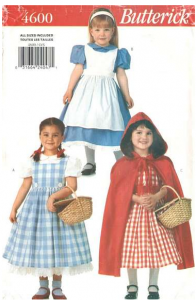
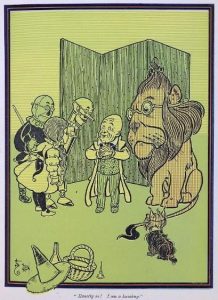
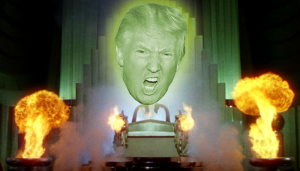
 When thinking about national statues and monuments, my mind flashed back to a picture I saw when I was twelve and nearing the height of my Jonas Brothers obsession. It was a photo of the three brothers at the Christ the Redeemer statue in Rio de Janeiro, Brazil. I knew nothing about the statue at the time but I was struck by how massive and looming it was compared to the size of an average human. I was even more captivated when I came across photos that showed the statue looking out over the city’s vast landscape of skyscrapers, mountains, neighboring islands, and water. Christ the Redeemer may seem to have little in common with the U.S.’s Statue of Liberty (for starters, it’s a him/Him…) but the two iconic structures have one striking similarity: they are what their people want them to be.
When thinking about national statues and monuments, my mind flashed back to a picture I saw when I was twelve and nearing the height of my Jonas Brothers obsession. It was a photo of the three brothers at the Christ the Redeemer statue in Rio de Janeiro, Brazil. I knew nothing about the statue at the time but I was struck by how massive and looming it was compared to the size of an average human. I was even more captivated when I came across photos that showed the statue looking out over the city’s vast landscape of skyscrapers, mountains, neighboring islands, and water. Christ the Redeemer may seem to have little in common with the U.S.’s Statue of Liberty (for starters, it’s a him/Him…) but the two iconic structures have one striking similarity: they are what their people want them to be.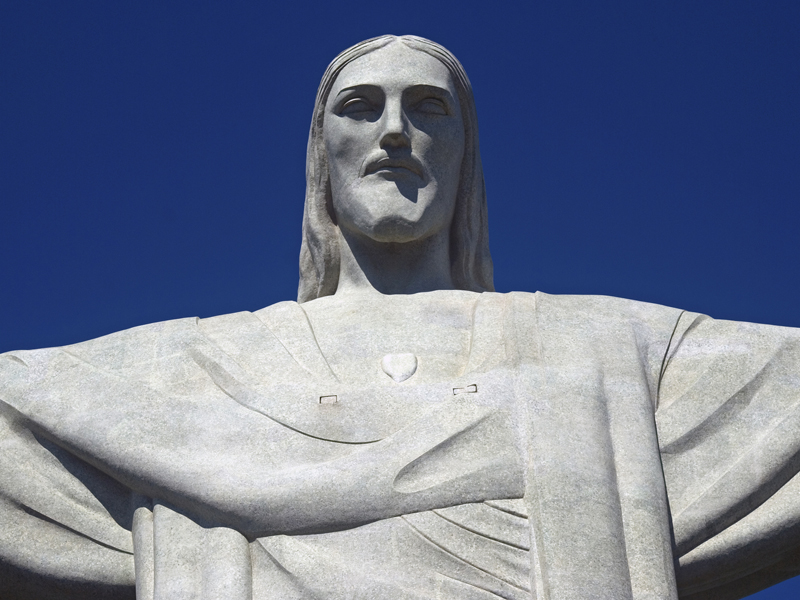 In a similar way, although Christ the Reedemer began as a symbol of Christianity, it is not exclusively so and it has also acquired a greater significance. According to a BBC article, Count Celso, one of the first to be involved with project in its early stages during the 1920s, described the finished statue as “a monument to science, art and religion.” [4] The rector of the chapel that sits inside the base of the statue (the pedestal that elevates its full height to 125 feet) calls it a religious, cultural, and national symbol for Brazil and a means of welcoming all those who pass through Rio, almost like a host. And for a local sorbet vendor, who is also quoted in the article, the statue is a beautiful place with special significance to the community around it. [5] Christ the Reedemer stands as a representation of the Brazilian people’s accepting and warmhearted attitude towards all visitors to Rio and citizens of the world, just like the welcoming and protective qualities that have been attributed to the Statue of Liberty over time as she has greeted new arrivals to America — “From her beacon-hand/Glows world-wide welcome,” as Emma Lazarus’s famous poem states. [6]
In a similar way, although Christ the Reedemer began as a symbol of Christianity, it is not exclusively so and it has also acquired a greater significance. According to a BBC article, Count Celso, one of the first to be involved with project in its early stages during the 1920s, described the finished statue as “a monument to science, art and religion.” [4] The rector of the chapel that sits inside the base of the statue (the pedestal that elevates its full height to 125 feet) calls it a religious, cultural, and national symbol for Brazil and a means of welcoming all those who pass through Rio, almost like a host. And for a local sorbet vendor, who is also quoted in the article, the statue is a beautiful place with special significance to the community around it. [5] Christ the Reedemer stands as a representation of the Brazilian people’s accepting and warmhearted attitude towards all visitors to Rio and citizens of the world, just like the welcoming and protective qualities that have been attributed to the Statue of Liberty over time as she has greeted new arrivals to America — “From her beacon-hand/Glows world-wide welcome,” as Emma Lazarus’s famous poem states. [6]

 Photo from http://www.intanibase.com/shorts.aspx?shortID=713#page=general_info
Photo from http://www.intanibase.com/shorts.aspx?shortID=713#page=general_info

